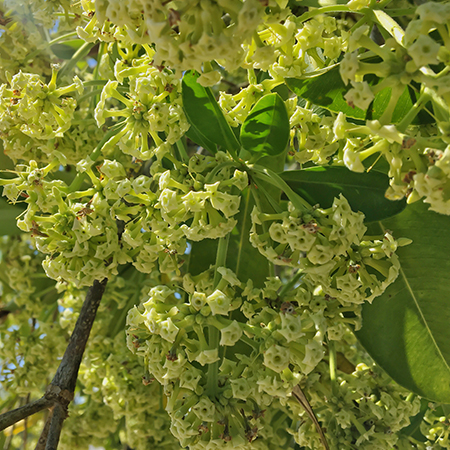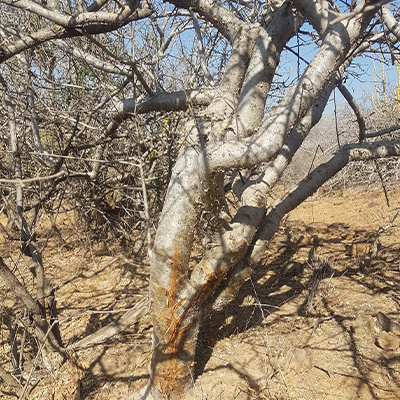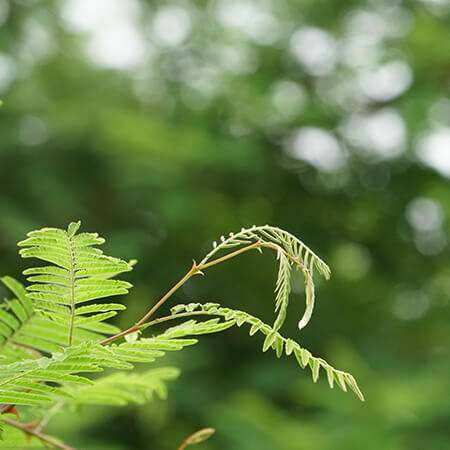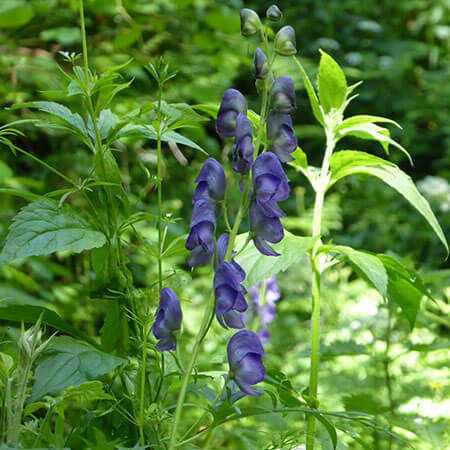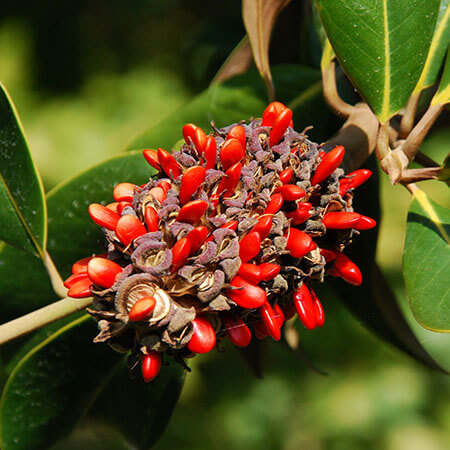Ayurveda and Science
Bharangi/भारंगी/Clerodendron Serratum
AYURVEDIC & MEDICINAL PLANTS
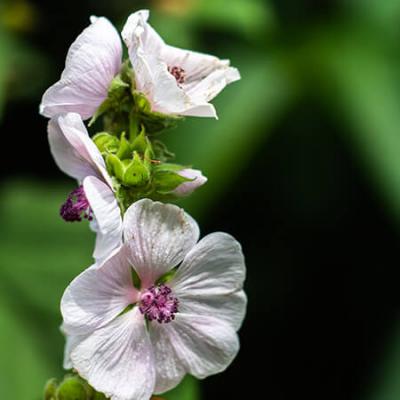
Hindi Name: Bharangi
Sanskrit Name: Bharangi
English Name: Bharangi
Latin Name: Clerodendron serratum Moon
A slightly woody shrub with bluntly quadrangular stems and branches found forests in all parts of India upto an altitude of 1500m. Root, stem and leaves are used medicinally.
Clerodendron Serratum Medicinal Uses
Bharangi is a one of the common herbs used in the treatment of common cold, chronic sinusitis, allergic rhinitis, cough and other chronic respiratory problems. It is also an excellent dry cough home remedy. It is also used by Ayurveda for relief from fever and hyper-pyrexia. You can also read more about fever treatment at home using bharangi plant. Bharangi has been investigated for its antipyretic and antihistamine activities.
Chemical Composition
Plant contains mannitol, b-sitosterol. Bark contains three triterpenoid constituents-oleonolic acid, queretaroic acid and serratagenic acid.
Effect on
Doshas
Pacifies vata and kapha, promotes pitta.
Read more about various ailments, it's causes, symptoms, ayurvedic treatments, etc.
Explore More










